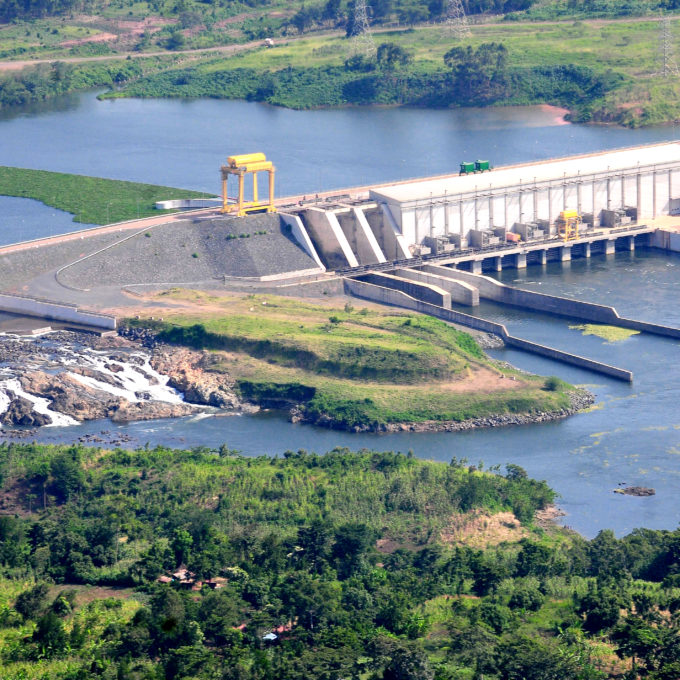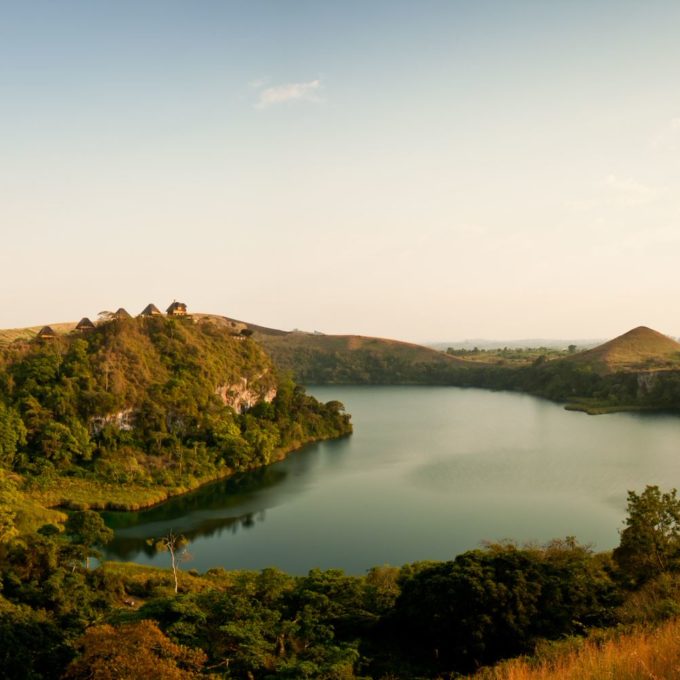Uganda
Uganda is endowed with abundant renewable energy potential from sources such as biomass, water, wind and the sun. The country generates more than 90% of its power from renewable sources, mainly hydro which contributes about 80% of the total energy mix. The Government, through its Vision 2040 national development strategy, has emphasised the harnessing and promotion of other renewable forms of energy (wind and solar) with the aim of combating climate change. The Government also aims to promote and/or implement rural electrification through grid extension and development of decentralised power supply systems to increase the population’s access to the national grid which currently stands at about 25%. The country’s Feed-in-Tariff (FiT) was the first auction programme for renewables in East Africa and was further reinforced by the Global Energy Transfer for FiT programme which has been successful in promoting implementation of renewable energy projects.
Bujagali, Uganda, 255 MW
The Bujagali power plant is located near Lake Victoria, on the Victoria Nile. When commissioned in 2012, Bujagali was the largest hydropower generation facility in Uganda. The plant nearly doubled Uganda’s peak electricity supply, eliminated daily load-shedding and provided a reliable solution to meet the country’s increasing power demand. Bujagali also reduced the marginal cost of power by about 65% thereby reducing the subsidy burden that the government was shouldering at the time. Since commissioning, the plant has recorded an average availability of 99% annually. The project has a sovereign-guaranteed long-term PPA.
2012
Grid connected
420
GWh Median net production

